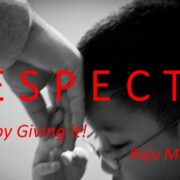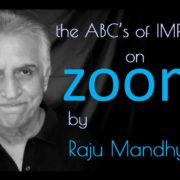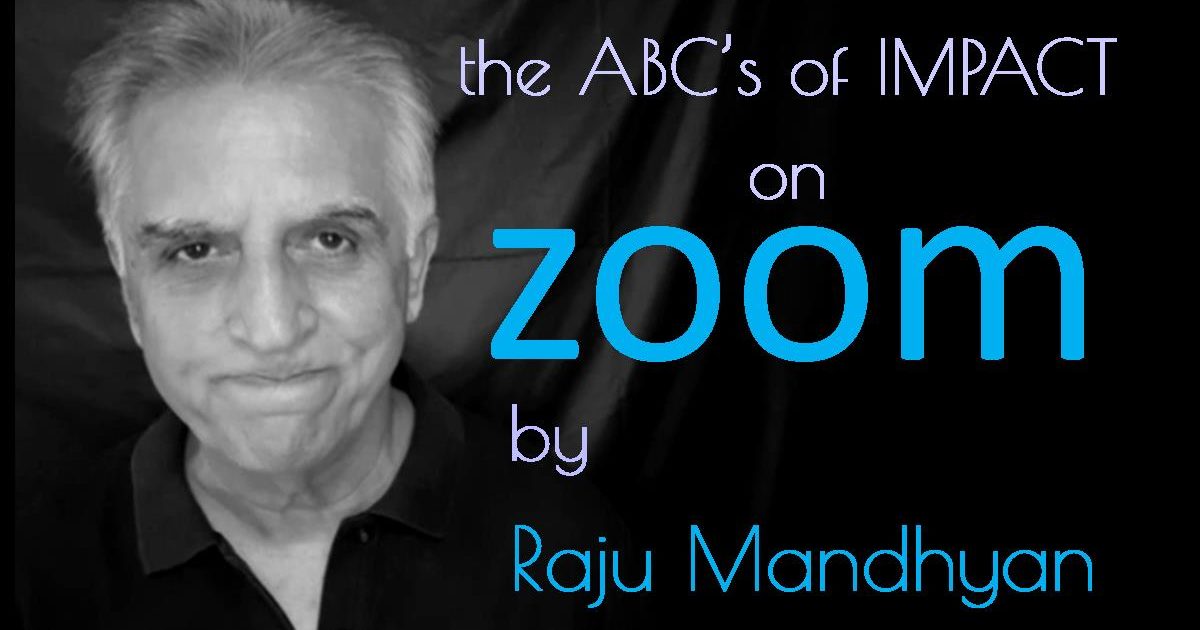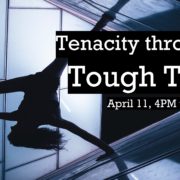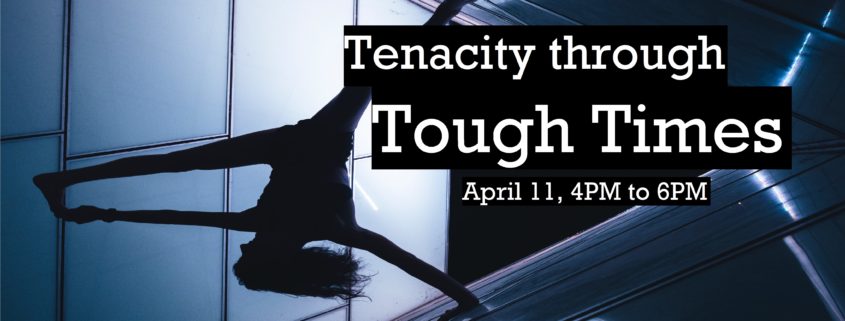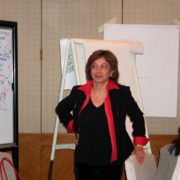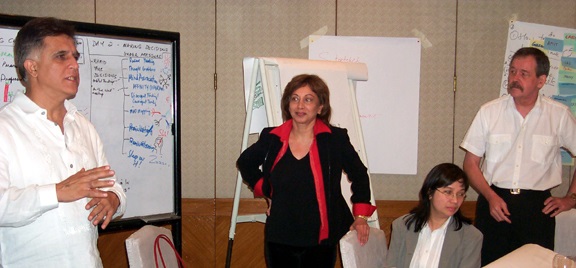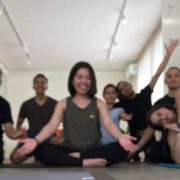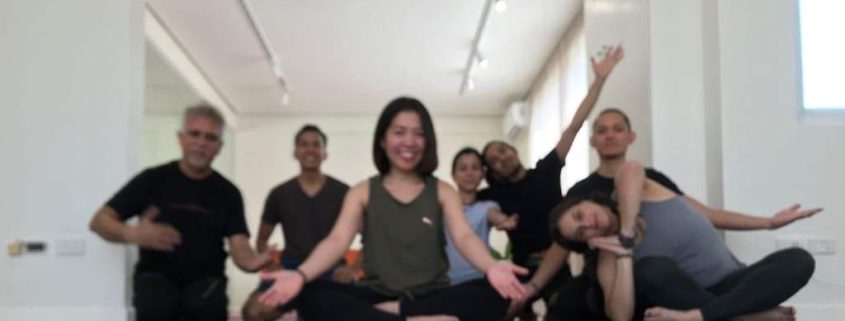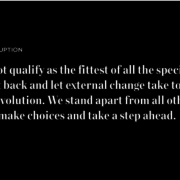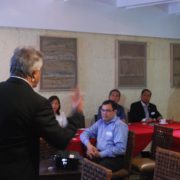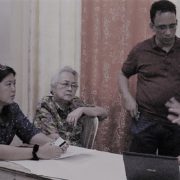R E S P E C T, Earn it by Giving it!
Respect is an essential currency of exchange with family, at work and with society.
The ABC’s of earning and accumulating respect are quite similar to earning and accumulating financial wealth. You can be born, or get married, or sneak into a position of power and demand respect.
On the other hand, you can honestly work your way up and become a self-made man of respect.
You can also go flat broke at it.
Several years ago, a c-level department head came to me claiming he had lost a lot of respect among his workers. He was the head of logistics, had seven managers and another 200 people working under him.
My people do not like me, engagement has dropped and work is suffering, he said.
He was new to the company, to the culture and the country. After an hour or so of probing, we uncovered the root cause. One time, he confessed, he had spoken harshly to an elderly colleague in the presence of all others. She was hurt and insulted; he had robbed her of respect. Her teammates and eventually the whole department empathized with her. In return, they too turned cold and indifferent towards him.
It has been six months, Coach Raju, what do I do? He cried in pain.
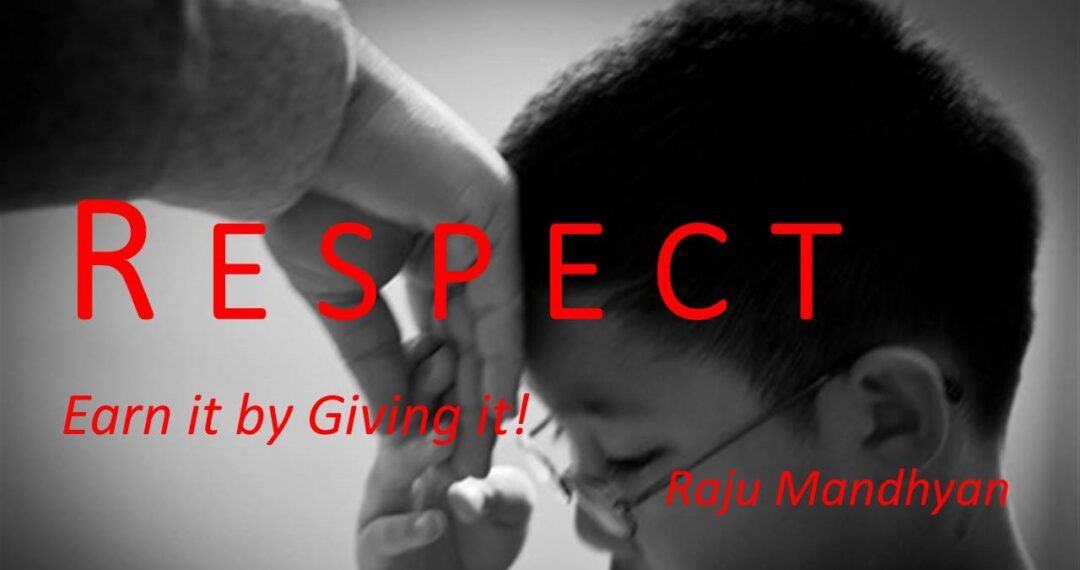
R E S P E C T
Can I go and apologize to the person? Nope, it will not help. It is a shy, relationship-oriented culture.
Can I call them all over for dinner and do some bonding? Nope, it will seem like a bribe and cause more harm.
Go the front end of your logistics department. Work with the drivers, the maintenance and the messenger boys. Treat them with courtesy, care and respect first. Be humble, remember their names and get to know them better, I offered.
He agreed and worked at it diligently. Six months later things began to look up. Slowly, he began to get into the good books of everyone. His respect balance sheet began to glow in his favor. He was getting it back because he was giving it away authentically, truly and humbly. His changed behavior began to influence the company culture. He was a happy man.
With tiny errors such as his our respect, our reputation can come crashing down like a sheet of glass. When it has to be put together, it has to be put together piece by piece, shard by shard. Sometimes, it can never be put back together.
So I use what I call the ABC’s of Respect.
What are the ABC’s of earning respect?
The A is Awareness. Become highly aware of the ambiance, the atmosphere and the accoutrements of respect around you. Watch people, appreciate diversity and understand rituals. Find your place and niche in the world. Your heightened awareness will improve your appearance in the eyes of others. And, they will return that favor to you.
The B is for your Beliefs. Do you believe the world is a lousy, unhappy and a sad place? If yes, then your behavior will follow your belief. Do you believe that it is a dog eat dog world then your behavior will bark at others. Generate an abundant mentality and your behavior will become affirmative.
The C is for Conscientious Communications. Select each letter and word as if you were picking flowers. Morph them positively. Bead them like a garland towards energizing others. My father, a tailor in India, used to say “Son, measure twice and cut once.” The same applies to communicating, think twice and speak once.
Do all this consistently, compassionately and with authenticity. Overtime you will notice that respecting others is a fruitful investment that brings you exponential returns.
Sometimes, money is called the root of all evils. Respect surely is the fruit of all that is good. Yes!
That is true and authentic power. That is how to grow and thrive

